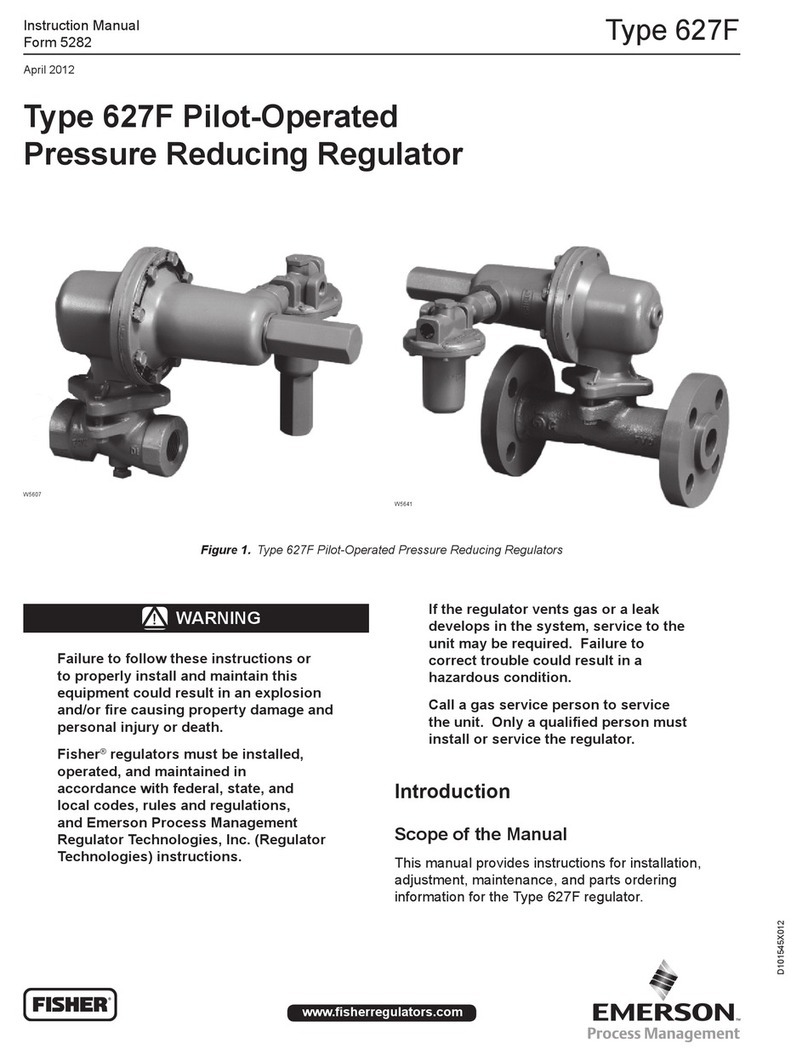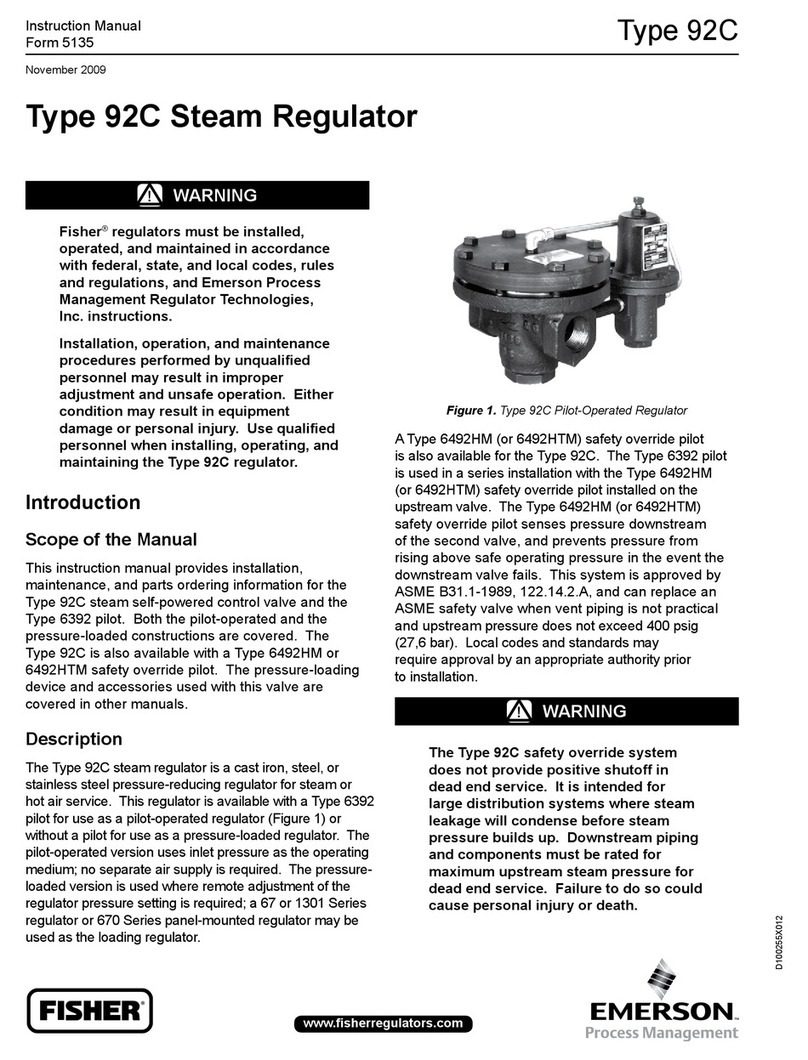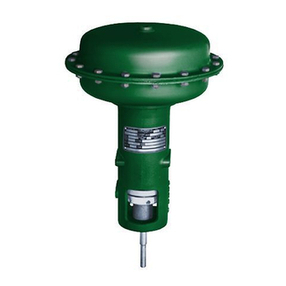Fisher easy-Drive 200L User manual
Other Fisher Controllers manuals
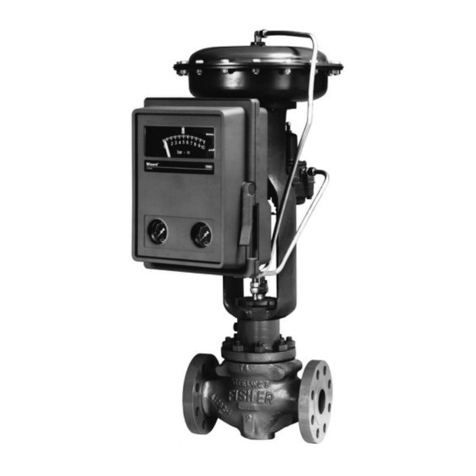
Fisher
Fisher 4195 KB Series User manual
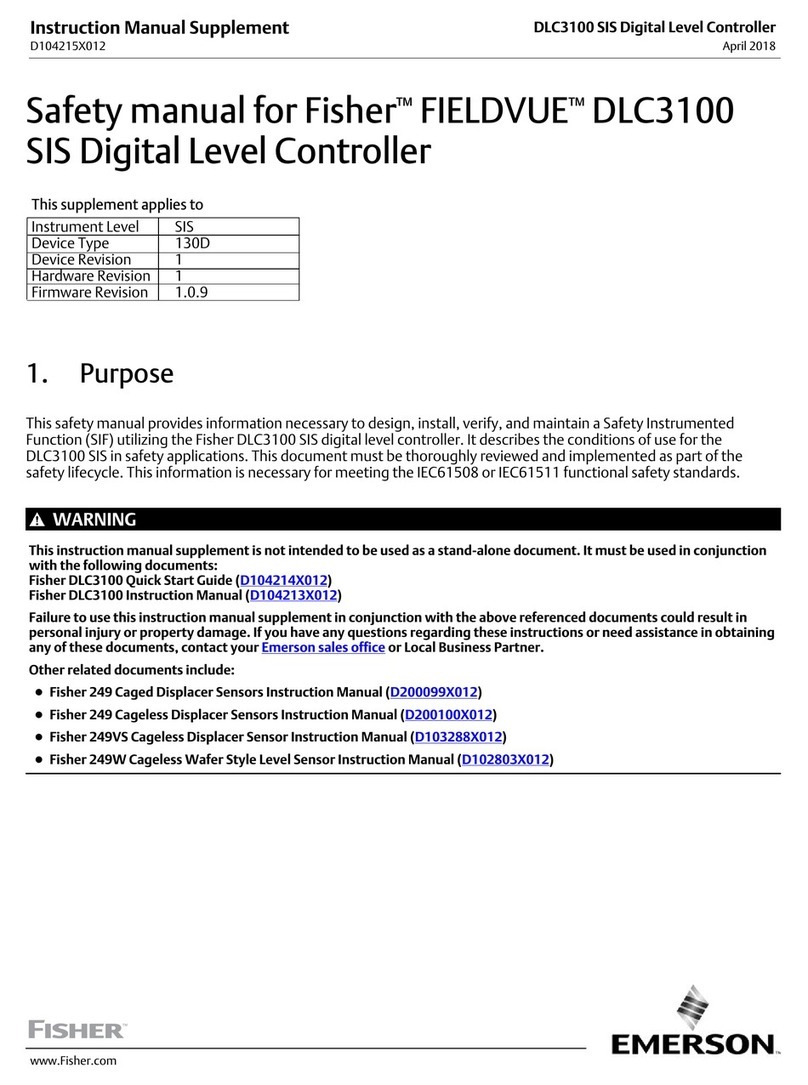
Fisher
Fisher Fisher Fieldvue DLC3100 User guide
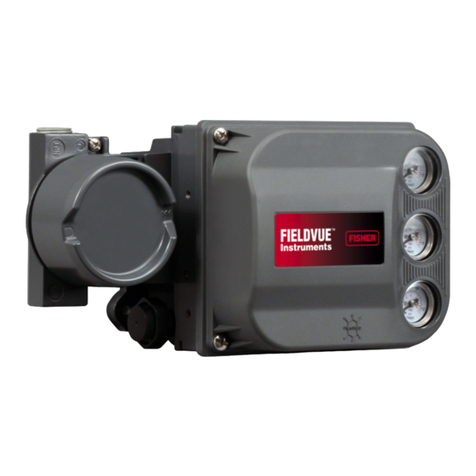
Fisher
Fisher FIELDVUE DVC6200 User manual
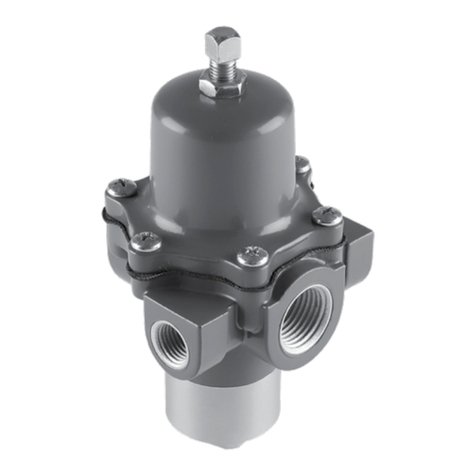
Fisher
Fisher 67D Series User manual
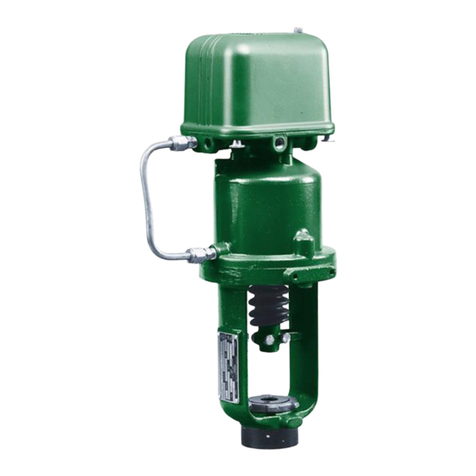
Fisher
Fisher 3570 User manual
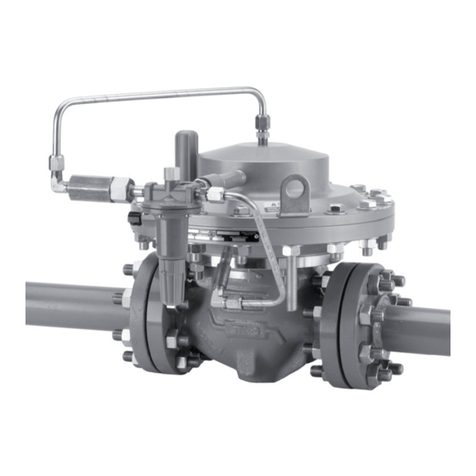
Fisher
Fisher EZL User manual

Fisher
Fisher 644 User manual
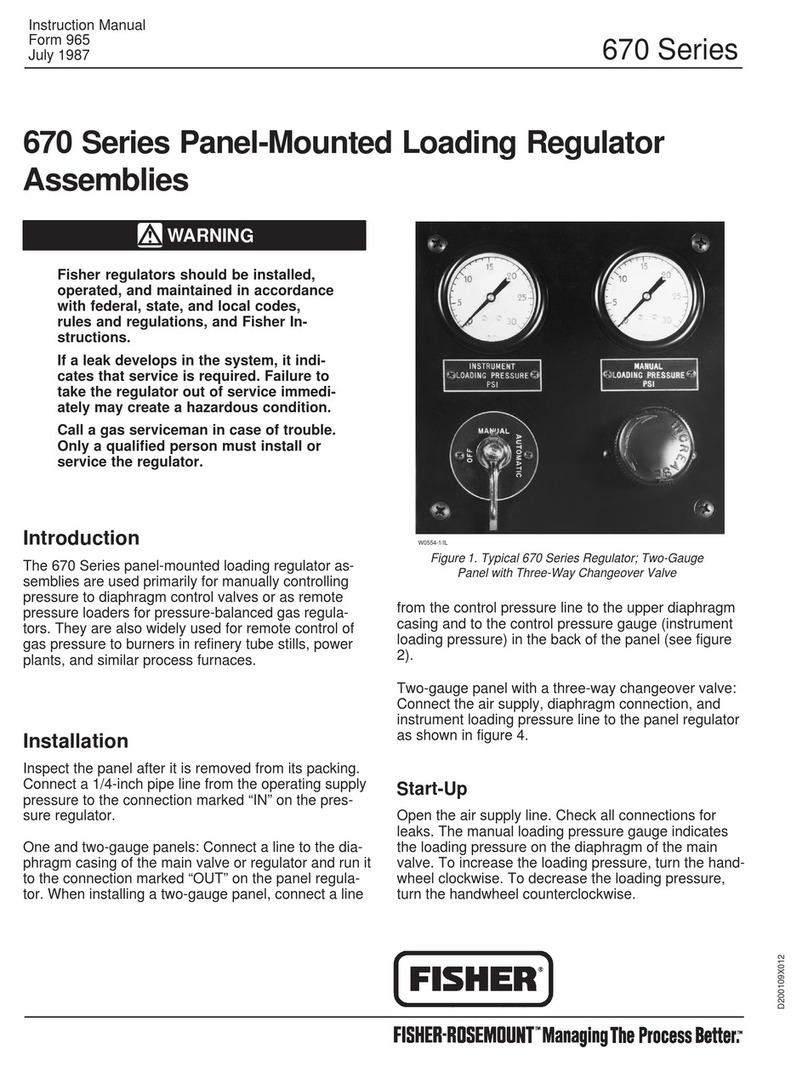
Fisher
Fisher 670F User manual
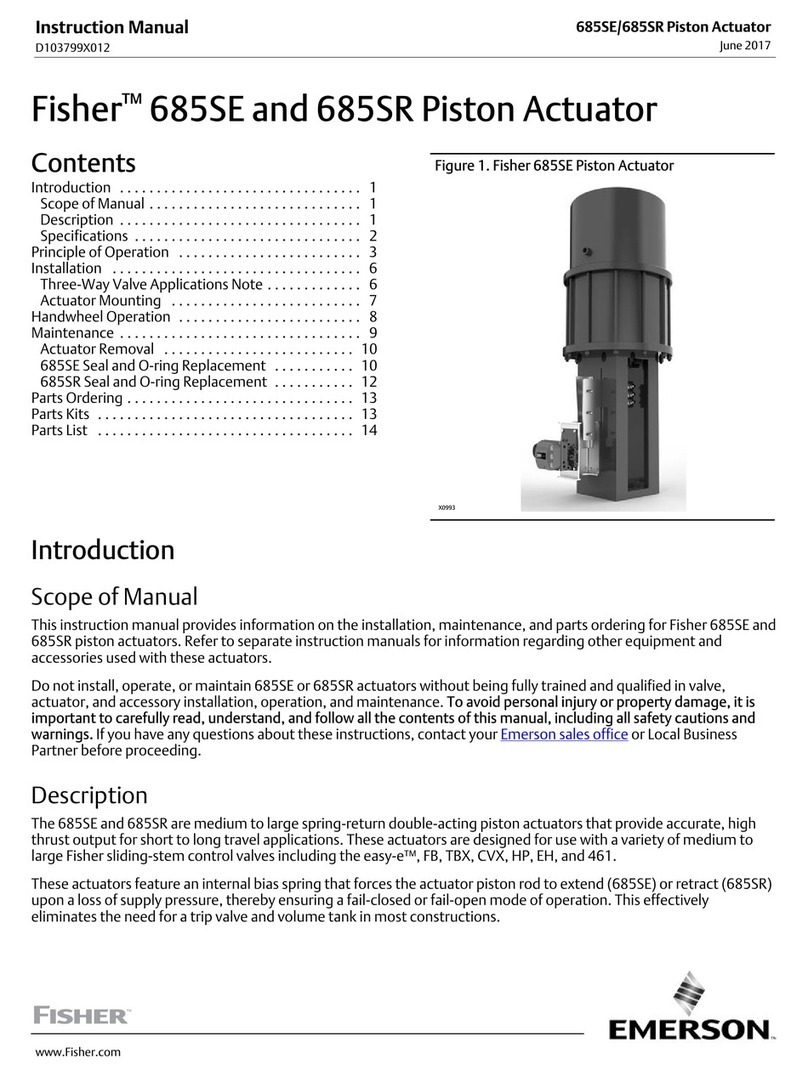
Fisher
Fisher 685SE User manual
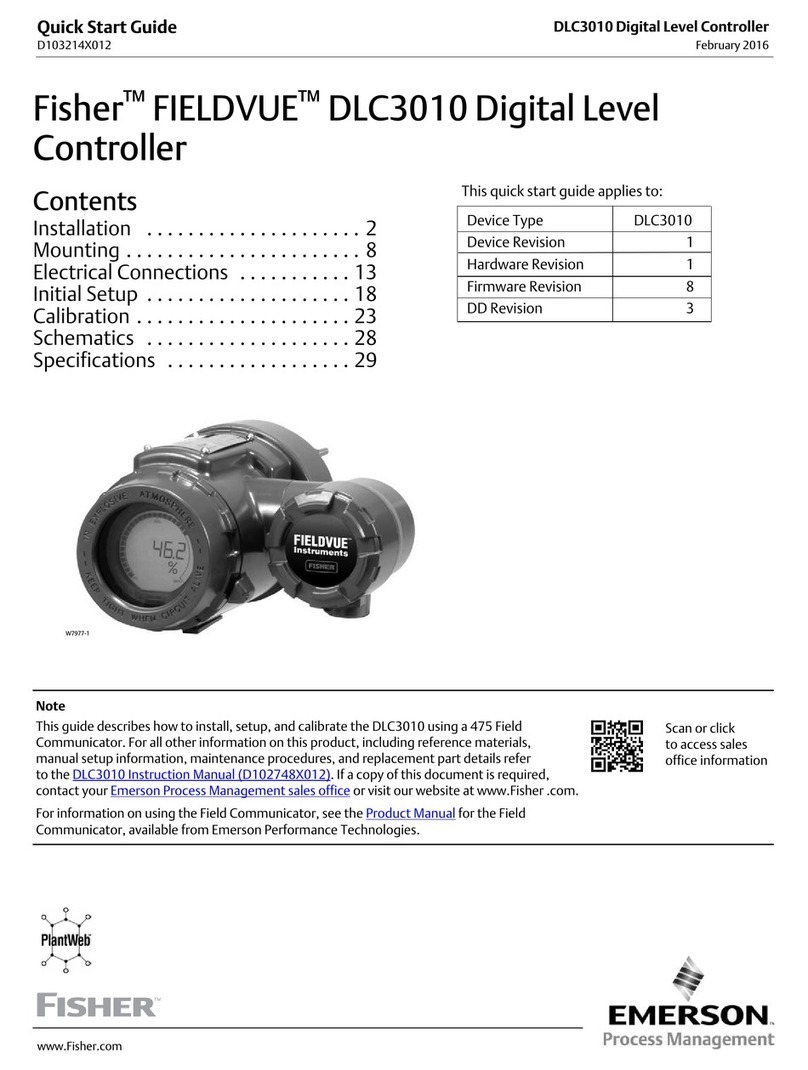
Fisher
Fisher FIELDVUE DLC3010 User manual
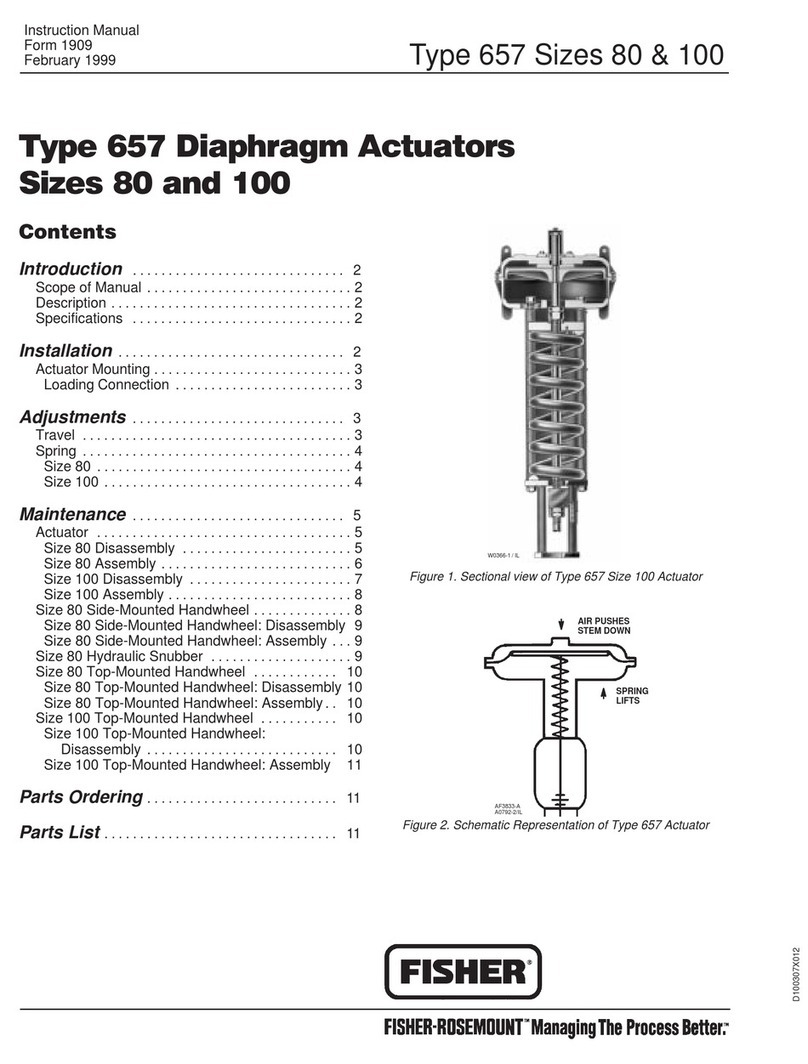
Fisher
Fisher 657 Sizes 80 User manual
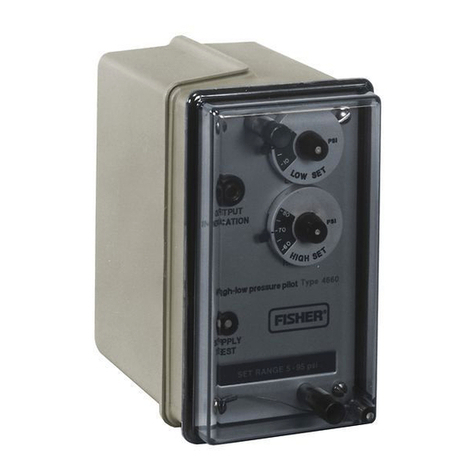
Fisher
Fisher 4660 User manual
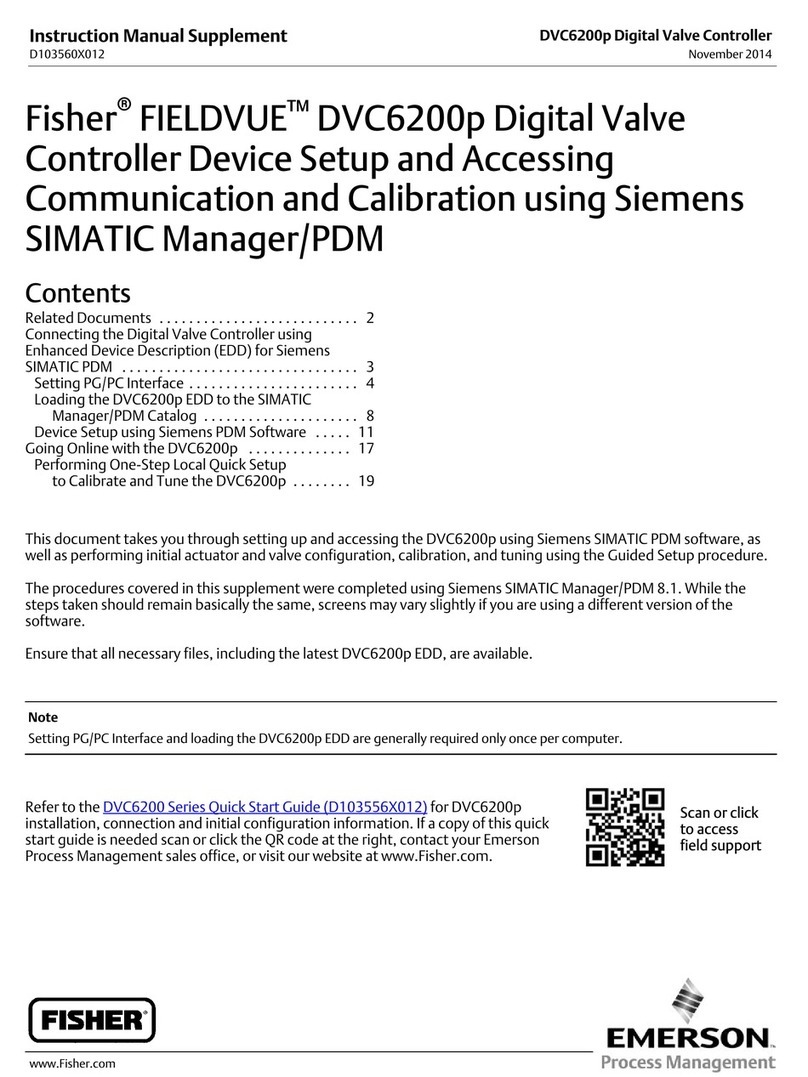
Fisher
Fisher FIELDVUE DVC6200p Configuration guide

Fisher
Fisher 67CF User manual

Fisher
Fisher 1098H-EGR User manual
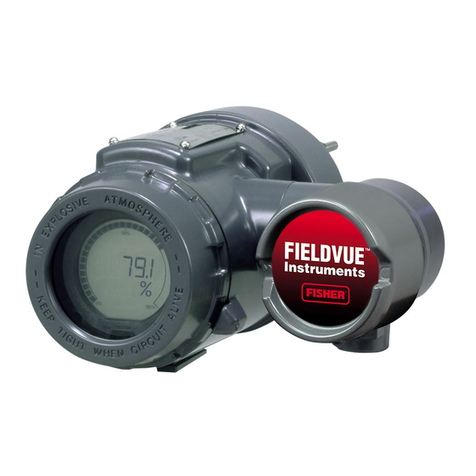
Fisher
Fisher FIELDVUE DLC3010 User manual
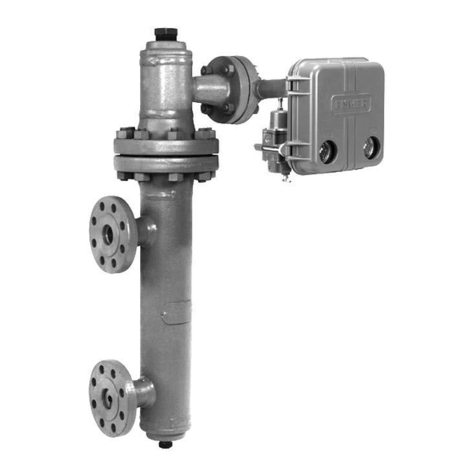
Fisher
Fisher 2500 Series User manual
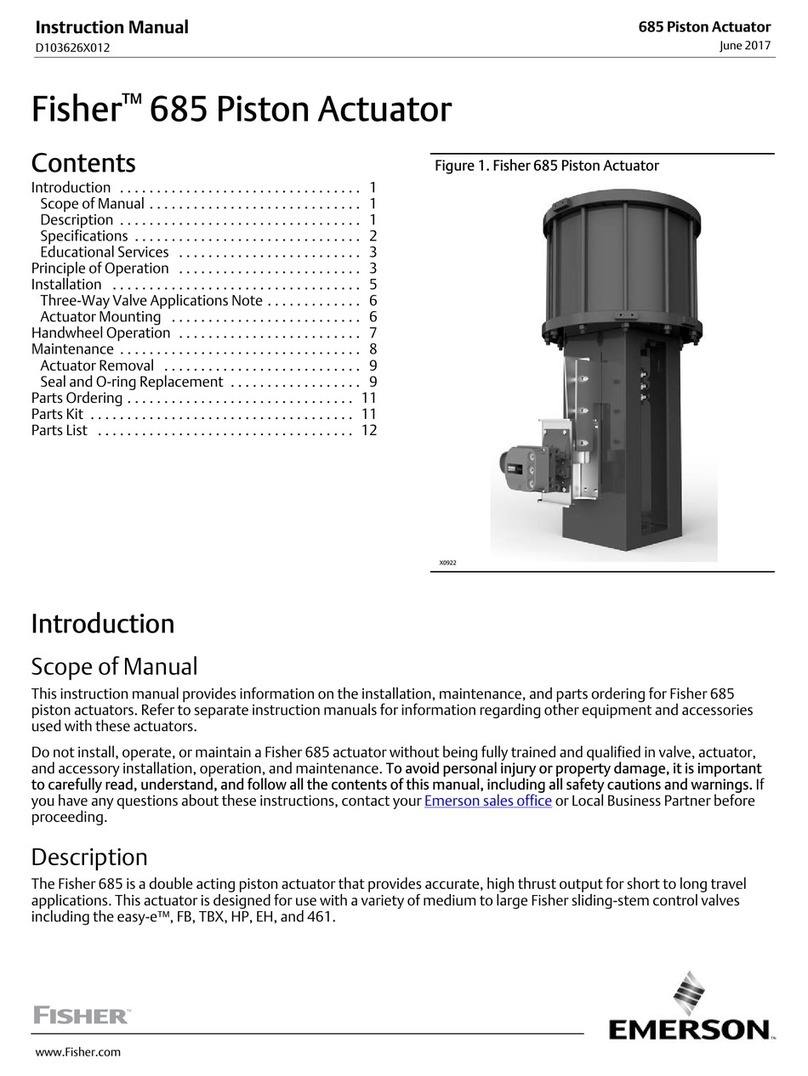
Fisher
Fisher 685 User manual

Fisher
Fisher FIELDVUE DVC6200 User manual
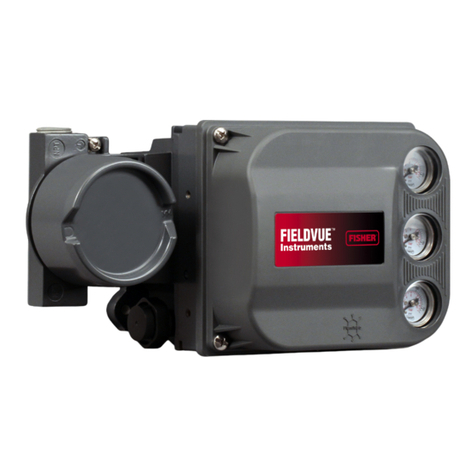
Fisher
Fisher FIELDVUE DVC6200f User manual
Popular Controllers manuals by other brands

Digiplex
Digiplex DGP-848 Programming guide

YASKAWA
YASKAWA SGM series user manual

Sinope
Sinope Calypso RM3500ZB installation guide

Isimet
Isimet DLA Series Style 2 Installation, Operations, Start-up and Maintenance Instructions

LSIS
LSIS sv-ip5a user manual

Airflow
Airflow Uno hab Installation and operating instructions
